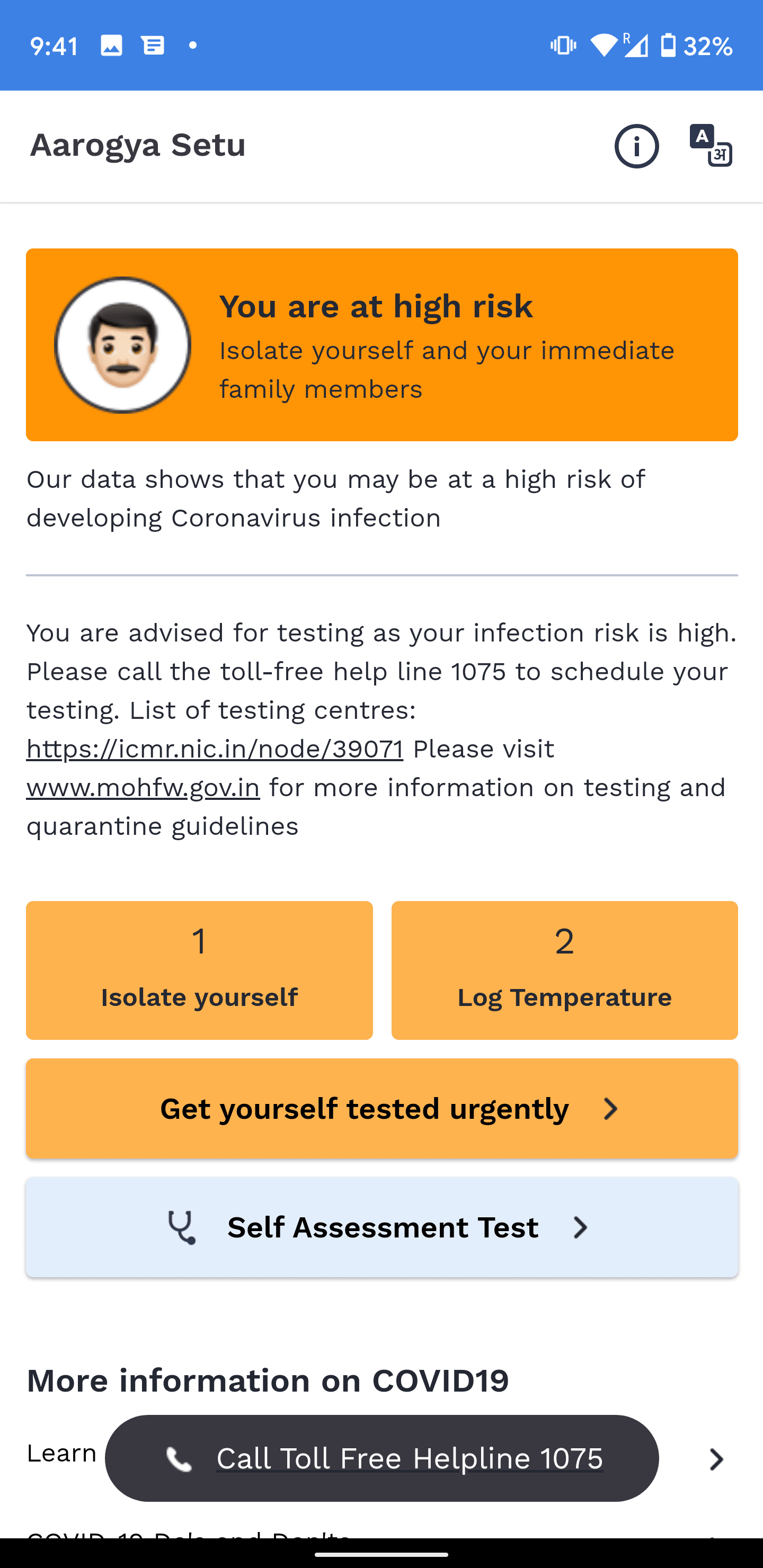Graph theory is a very natural and powerful tool in combinatorial research. Some necessary research issues particularly inventory control problem that may be resolved using graphs. It suggests the chances that exist for improving the operational, military science and strategic decision-making of health care inventory systems through the employment of graph theory approaches. This blog aims to boost the attention of health care managers and inventory researchers with relevance to realistic graph theory applications.
Overview
- Graph theory introduction
- Graph theory in real world problems
- Google maps
- Graphs in Healthcare system
- EHR System
- Conclusion
Graph theory introduction :
 |
| Graph with five vertices and seven edges |
The graph in above figure contains five vertices (the numbered circles) and seven edges (the lines connecting the vertices). Vertex four is adjacent to the vertices one, 2, and 3. Thus, the vertices three and four are neighbors. The edge
Graph theory in real world problems :
Graphs are the ultimate abstraction for many real world issues and today, technology exists that can treat them as such. A graph is a data structure which stores data in the form of a collection of interconnected vertices (nodes) and edges (paths). Graphs are great data structures that we use every day through Google Maps, GPS, Google Search and social media. They are used to represent entities that share connections. Some of the best applications of Graph Data Structures are in; Web Analytics and Scientific Computations, Path Optimization Algorithms such as Car Navigations and Google Maps Platform (Maps, Routes APIs) , Social Graph APIs such as Facebook's Graph API, Recommendation Engines such as Yelp's GraphQL API.
Google maps :

Let the set of edges be denoted by
In the case of a road network, the edge weights represent the time it takes to go from one vertex u to its neighbour v via the edge {u,v}, which represents a road that leads from u to v.
The task of finding the shortest way from point A to point B can thereby be reduced to finding the shortest path on a weighted graph. There are a lot of different algorithms that can do this but Google Maps most likely uses A∗ search.
Graphs in Healthcare system :
Aarogya Setu app :
 |
EHR System :

Graph is an appropriate data structure for modelling objects' interactions. Graph theory is a well-established area of mathematics that also covers methods to compare graphs. Apart from graph databases, these methods make the usage of graphs in medical context very interesting, for example to model patient data of EHR (Electronic Health Record) systems. With approaches like this, diagnoses, therapies and medications could be suggested on the basis of previous patients and the experiences made at treatment of these patients. Such a system could also be part of a decision support system for physicians in clinical context. For example, graphs are used for spatial description of cerebral anatomy or for clustering of patients and for making a diagnosis . Other approaches are closer related to EHR. Such projects focus for example on visualizing collaborative electronic health record usage with heart failure , modelling disease graphs or to predicting knowledge graphs of unknown adverse drug reactions .
Conclusion :
Graphs are almost everywhere in more places then you think it is. The world is highly interconnected, and graph databases aim to mimic those sometimes-consistent, sometimes-erratic relationships in associate intuitive manner. That’s what makes the graph paradigm completely different than other database models. It maps a lot of realistically to however the human brain maps and processes the globe around.
Thank you!
I really hope that you liked the blog.

Amazing
ReplyDeleteGreat work ��
ReplyDeleteExcellent piece of information.
ReplyDeleteNice work 👍
ReplyDeleteUseful info
ReplyDeleteMore useful
ReplyDeleteKeep posting....great blog💯
ReplyDeleteKeep it up guys💯
ReplyDeleteImportant information 😊
ReplyDeleteGood blog💯
ReplyDeleteQuite insightful and easy to understand..!!
ReplyDeleteExcellent work !very usefull 😍😍😍loved it ! 1
ReplyDeleteGreat work !excellent ����
ReplyDeleteAnd informative material
Very nice to understand and helpful in knowing such an important concept in very easy manner.
ReplyDeleteWow , This is juust amazing. Just what I needed. :)
ReplyDeleteExcellent work
ReplyDeleteVery good and well researched content. Keep the good work going!
ReplyDeleteGreat work!! Keep going :)
ReplyDeleteVery nice...I really like your blog.... keep it up
ReplyDeleteVery well and systematically written blog...
ReplyDeleteImpressive
ReplyDeleteNice,, impressive 👍
ReplyDeleteNice Blog��
ReplyDeleteWow great task nive one keep it up . Smart work happen ! 😉
ReplyDeleteAmazing..
ReplyDeleteGood work ��
Well done��
ReplyDeleteGreat content! Really informative!
ReplyDeleteAmazed by the information...
ReplyDeleteReally helpful...
Graph is everywhere !
Excellent work
ReplyDeleteAmazing
ReplyDeleteHelpful
Nice efforts ��
ReplyDeleteI thought graphs were limited to mathematics ��
ReplyDeleteThakns for information
Nice presentation
ReplyDeleteBlog looks professional !
ReplyDeleteKeep up the good work
Are graphs really so much useful ?
ReplyDeleteNice work
Cheers to your hard work
ReplyDeleteGraphs are everywhere !
I love graphs
ReplyDeleteGood work
ReplyDeleteAmazing
Impressive
ReplyDeleteAmazing content !
ReplyDeleteQuite impressive work. Looking Forward to more blogs like this. CHEERS!
ReplyDeleteNice content
ReplyDeleteAmazing and helpful
Nice blog .Keep up the good work !
ReplyDeleteGood job
ReplyDeleteNice efforts
Superb work.👍👍
ReplyDeleteNice blog 👌
ReplyDeleteGr 8 work
ReplyDeleteNice
ReplyDeleteApril 11'2020 at 12:31 am
ReplyDeleteGood work nice
Amazing work yaar!
ReplyDeleteWow !
ReplyDeleteAmmazing
ReplyDeleteVery Informative
ReplyDeleteAwesome Blog...
ReplyDeleteWell Engg applications in medical fields are one of the most important ones and Graph theory has limitless usage in this. Well this was a remarkable achievement and we can surely progress in this. I liked how this blog explained gave me a short trip through imp points. Indeed insightful , although I would like it if you share more such examples in your further blogs. Thank you Mam.
ReplyDeleteGood blog
ReplyDeleteThe point that Google Map uses an A* Search Algorithm for Shortest Path Calculation is very interesting. A* Search is based on the basic Dijkstra's Greedy Algorithm. Dijkstra's Algorithm having a time complexity of O((E+V)log(E+V)) or O((E+V)log(E)) or O(ElogE + V) depending on whether you use a heap , AVL Tree or a Fibonacci Heap respectively. The good observation that in road networks Dijkstra's isn't efficient enough and we need a faster search Algorithm such as the A* really put me to thinking. I would like it if you could share more insights on these Shortest Path Algorithms such as Bellman Ford , Dijkstra's , Bidirectional A* Search in your future Blogs. The points regarding the application to EHR Systems really shows the diversity and usefulness of these Graphs. Thank you for this amazing article.
ReplyDelete